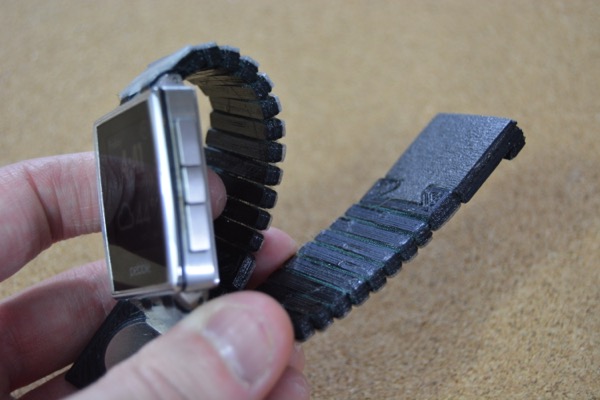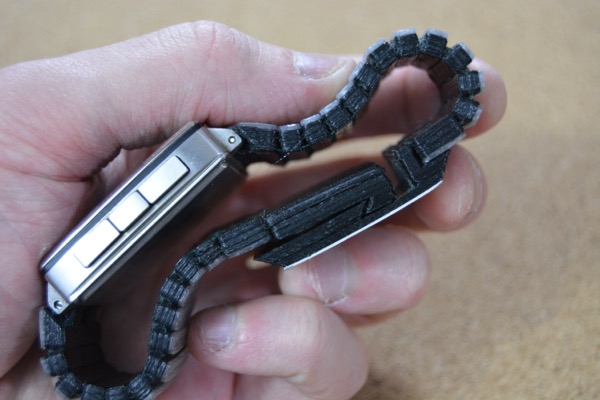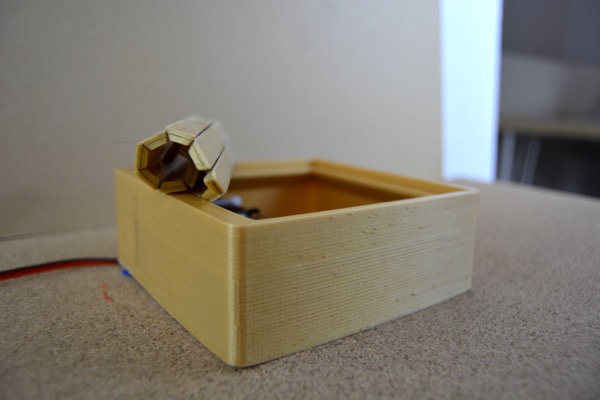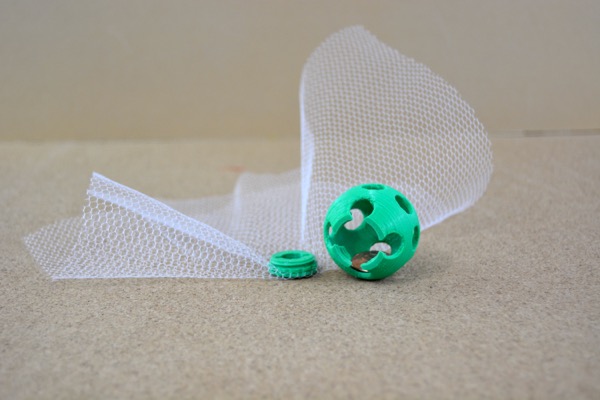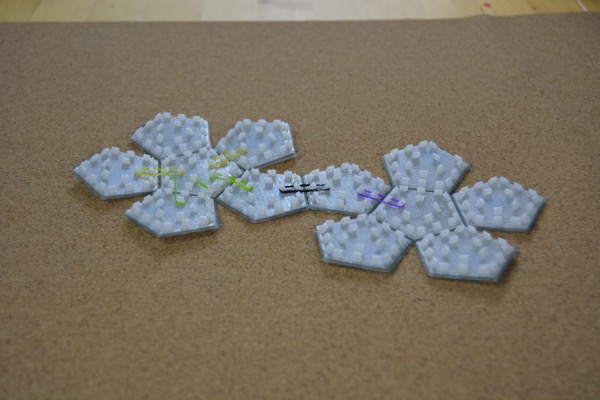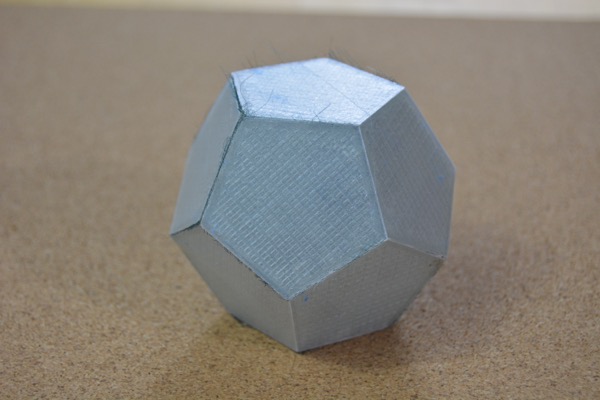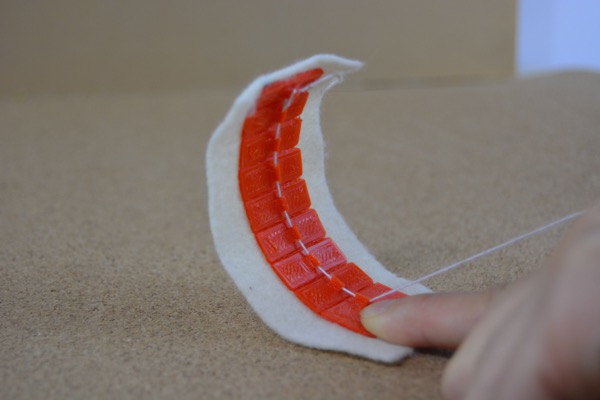Abstract
Textiles are an old and well developed technology that have many desirable characteristics. They can be easily folded, twisted, deformed, or cut; some can be stretched; many are soft. Textiles can maintain their shape when placed under tension and can even be engineered with variable stretching ability. Conversely, 3D printing is a relatively new technology that can precisely produce functional, rigid objects with custom geometry. Combining 3D printing and textiles opens up new opportunities for rapidly creating rigid objects with embedded flexibility as well as soft materials imbued with additional functionality.
In this paper, we introduce a suite of techniques for integrating 3D printing with textiles during the printing process, opening up a new design space that takes inspiration from both fields. We demonstrate how the malleability, stretchability and aesthetic qualities of textiles can enhance rigid printed objects, and how textiles can be augmented with functional properties enabled by 3D printing.
Full Citation
Michael L. Rivera, Melissa Moukperian, Daniel Ashbrook, Jennifer Mankoff, and Scott E. Hudson. 2017. Stretching the Bounds of 3D Printing with Embedded Textiles. In Proceedings of the 2017 CHI Conference on Human Factors in Computing Systems (CHI '17). ACM, New York, NY, USA, 497-508. DOI: https://doi.org/10.1145/3025453.3025460
Other Media
